- Written By Team DWS
- Festivals
- April 15, 2025
Celebrating Mesadi: Traditions and Significance of Vaisakhadi
Vaisakhadi, often referred to as Mesadi, is a vibrant celebration that marks the beginning of the traditional New Year in many parts of India, particularly within the states of Punjab, Haryana, Himachal Pradesh, and some regions of Uttar Pradesh. This festival typically falls on the first day of the month of Vaisakh, which usually falls in April or early May. Known for its vibrant culture, rich traditions, and communal spirit, Vaisakhadi plays a significant role not just in agricultural cycles, but also in cultural and spiritual realms.
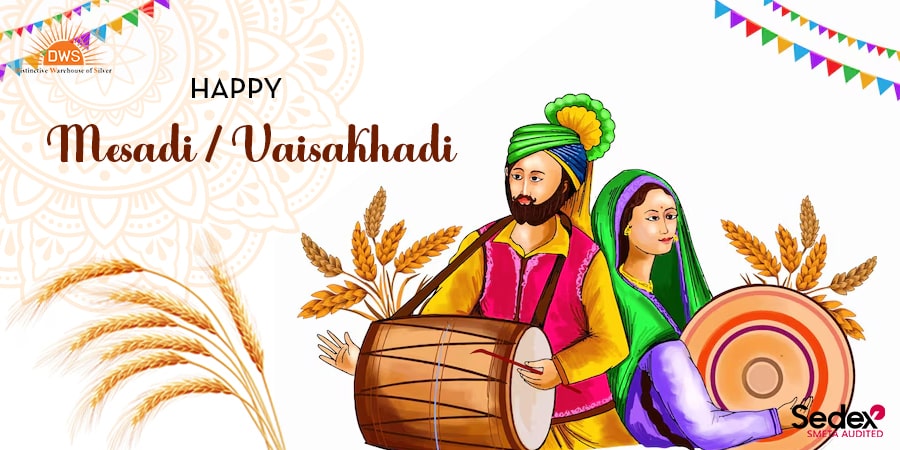
The Agricultural Roots
At its core, Vaisakhadi celebrates the arrival of the harvest season, where the hard work of farmers is rewarded by the bountiful yield of crops. For agrarian communities, this festival is not only a time to rejoice but also an occasion to express gratitude towards nature and the divine for their blessings. The spring season heralds the time when the winter crops—primarily wheat—are harvested and celebrated.
Farmers typically don traditional attire, often coming together in groups to help each other in harvesting. The connectedness in agriculture fosters a sense of community spirit during Vaisakhadi, reflecting the interdependence of families and friends in the farming life. Families often organize feasts to share the harvest, symbolizing unity and joy amidst labor.
Cultural Significance
Vaisakhadi is rich in cultural undertones. It signifies renewal and the victorious spirit of life, as seen in various folk songs and dances that form an integral part of the celebrations. Bhangra and Gidda, two traditional dances of Punjab, bring communities together, uplifting spirits through rhythms and melodies that echo the joy of the harvest. The festival acts as a reminder that life is cyclical and that moments of joy are to be shared.
Moreover, the day is considered auspicious for new beginnings. People often engage in purchasing new items, cleaning their homes, and preparing special dishes, marking an opportunity to start afresh in the new year. This focus on renewal highlights the cultural importance of personal and communal growth—themes deeply embedded in the rituals of Vaisakhadi.
Spiritual Traditions
In many communities, Vaisakhadi is also a time for spiritual reflection. Religious observances take place, often commencing with early morning prayers. People gather in temples and gurdwaras to pay homage and seek blessings for the upcoming year. Sikhs particularly celebrate Vaisakhi as it holds tremendous significance in their spiritual history. It commemorates the formation of the Khalsa in 1699 by Guru Gobind Singh Ji, which marks the establishment of a dedicated, disciplined community of believers.
As part of the spiritual rituals, the distribution of Karah Prasad (a sweet offering) in gurdwaras forms a crucial part of the celebration, symbolizing the spirit of sharing and community. Many people also engage in community service and donations during this period, reflecting the emphasis on generosity and social responsibility during Vaisakhadi.
Culinary Delights
Culinary traditions are another vital aspect of Vaisakhadi celebrations. Houses are filled with the aroma of traditional dishes prepared for the occasion. From Makki di Roti (corn flatbreads) accompanied by Sarson da Saag (mustard greens) to delectable sweets like Gur di Kheer and Baisakhi Ladoo, the menu varies regionally but retains a connection to the harvest. Friends and families often gather to partake in these festive meals, cementing the spirit of togetherness and gratitude.
In addition to traditional food, local fairs and melas (carnivals) come alive during Vaisakhadi, featuring stalls selling colorful crafts, sweets, and seasonal produce. These gatherings not only provide entertainment but also foster community bonding and nostalgia, bringing generations together to celebrate shared heritage.
Conclusion: Embracing Traditions in a Modern World
As the world progresses towards greater globalization and urbanization, the essence of Vaisakhadi continues to thrive among communities that cherish their cultural roots. The celebration embraces the importance of family, agriculture, spirituality, and community involvement, reminding people of their interdependence and shared history.
In a modern context, the spirit of Vaisakhadi encourages individuals to reconnect with their roots, highlighting the relevance of sustainable practices in agriculture and the importance of community. As people dance, sing, cook, and pray together during this lively festival, Vaisakhadi remains a vibrant tapestry woven with tradition, spirituality, and communal love.
Celebrating Mesadi offers a unique avenue to reflect on our connections with nature and each other, fostering a spirit of gratitude that transcends borders. As we honor Vaisakhadi, we not only partake in the joy of harvest but also in the timeless values that tie us together as a community.

Mesadi / Vaisakhadi FAQs: Your Guide to Understanding the Festival and its Significance
Sure, here’s a sample of FAQs on Mesadi / Vaisakhadi, which is often associated with agricultural practices, festivals, or cultural traditions in certain regions, particularly in India.
1. What is Mesadi / Vaisakhadi?
Mesadi, also known as Vaisakhadi, is a traditional festival celebrated primarily in various regions of India. It marks the onset of the harvest season, signifying prosperity, and is observed with various cultural festivities and rituals.
2. When is Mesadi / Vaisakhadi celebrated?
Mesadi is celebrated on the full moon day in the month of Vaisakha, which typically falls in April or May in the Gregorian calendar. The exact date may vary slightly based on the lunar calendar.
3. What are the significant rituals associated with Mesadi?
The celebrations often include rituals such as:
- Worshipping farming tools and instruments.
- Performing pujas (prayers) to deities for a bountiful harvest.
- Community feasting and sharing of traditional dishes.
4. Why is Mesadi / Vaisakhadi important for farmers?
This festival symbolizes the end of the harvesting season and the beginning of the agricultural cycle. It is a time for farmers to seek blessings for prosperity and success in their upcoming farming activities.
5. Are there any traditional foods associated with the festival?
Yes, various traditional dishes are prepared and shared during Mesadi. These may vary by region but often include rice dishes, lentil preparations, sweet treats, and seasonal fruits.
6. What cultural activities take place during Mesadi / Vaisakhadi?
Cultural activities may include music, dance, and folk plays that celebrate the agrarian lifestyle and the importance of farming. Many communities hold fairs or melas (festivals) where artisans and farmers display their goods.
7. Is Mesadi / Vaisakhadi celebrated in urban areas as well?
While primarily a rural festival, urban communities with roots in agricultural regions may also celebrate Mesadi through community gatherings, special prayers, and cultural performances.
8. How does Mesadi / Vaisakhadi vary across different regions?
While the core significance of Mesadi remains similar, celebrations can vary dramatically based on regional customs, local deities worshipped, and traditional foods prepared. Each region may have its unique ways of observing this festival.
9. What is the historical significance of Mesadi / Vaisakhadi?
Mesadi / Vaisakhadi has deep-rooted historical significance linked to agrarian cultures. It serves as a reminder of the cyclical nature of farming and the gratitude towards nature for providing sustenance.
10. Can non-farmers celebrate Mesadi?
Absolutely! Mesadi is a celebration of community and gratitude, and anyone can participate in the festivities, regardless of their profession. It is a time to come together, celebrate, and appreciate agricultural traditions.
11. How can one participate in the celebrations if they are not from the region?
If you are interested in participating in Mesadi celebrations, seek out local communities or cultural organizations that observe the festival. Engaging with local traditions and learning about the significance is a great way to participate.
12. Where can I learn more about Mesadi / Vaisakhadi?
To learn more, consider visiting local cultural centers, participating in community events, or reading literature related to the festival and regional customs. Online platforms, documentaries, and cultural blogs can also provide insights.
Feel free to customize these FAQs to better fit specific contexts or regions where Mesadi / Vaisakhadi is celebrated!
Popular on Blogs
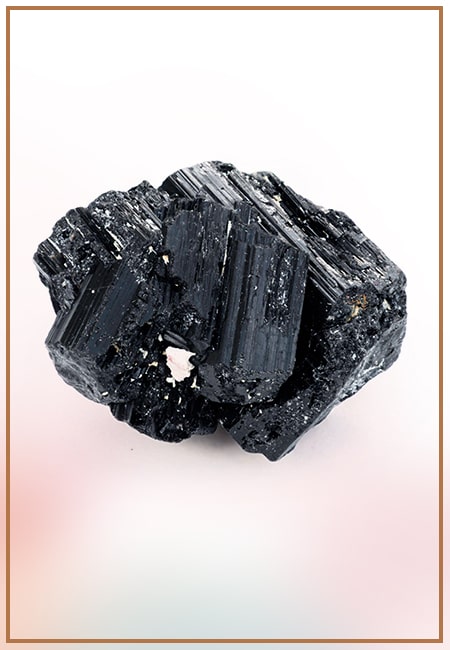
Black Tourmaline: Meaning, Healing Properties, Fascinating Facts, Powerful Attributes, Versatile Uses, and Beyond
September 05, 2023 / BY Team DWS
Black Tourmaline, also known as Schorl, is a highly revered crystal with incredible metaphysical properties. It derives its name from the Dutch word "turamali," meaning "stone with ..

Carnelian Stone: Meaning, Healing Properties, Power, Facts, Color, Uses and More
December 26, 2023 / BY Team DWS
Carnelian is a vibrant and captivating gemstone that holds a plethora of meanings, healing properties, and powers. Its warm and fiery energy makes it a popular choice among crystal ..
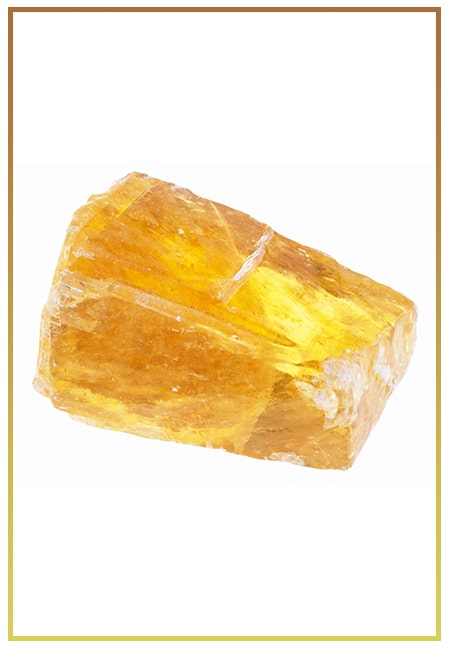
Citrine: Exploring its Meaning, Healing Properties, Fascinating Facts, Powers, Versatile Uses, and Much More
November 18, 2023 / BY Team DWS
Citrine, with its warm golden hues, has captured the attention and imagination of people for centuries. This beautiful gemstone, commonly associated with wealth and prosperity, hol ..

Black Onyx: Unveiling the Meaning, Healing Properties, Fascinating Facts, Powerful Attributes, Versatile Uses, and Beyond
July 25, 2023 / BY Team DWS
Black Onyx, a striking gemstone admired for its deep black hue and elegant appearance, has captivated people for centuries. In this comprehensive guide, we will delve into the mean ..
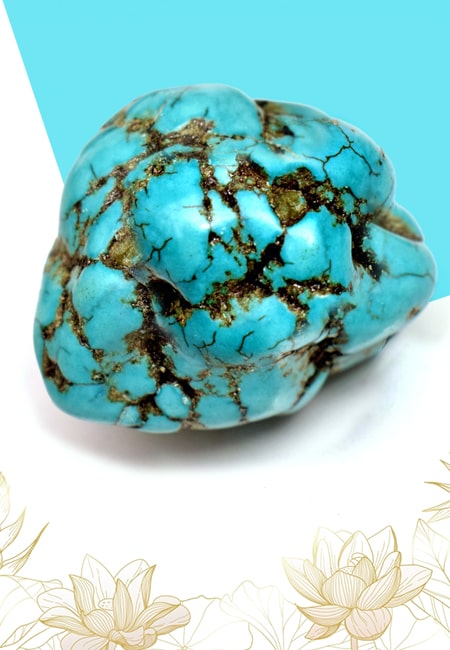
Unveiling the Mysteries of Turquoise Stone: Exploring its Meaning, Healing Properties, Power, Facts, Color, Uses, and More
December 05, 2023 / BY Team DWS
Turquoise, with its captivating blue-green hue, has been adorning jewelry and artifacts for centuries. This striking stone has a rich history, rich symbolism, and a plethora of int ..
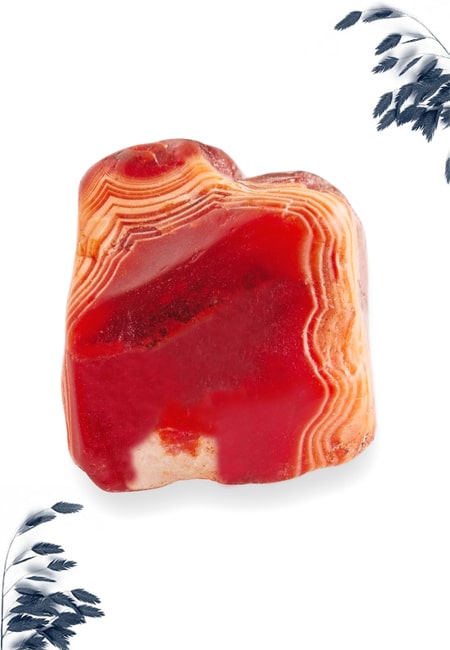
The History Behind The Popularity of Red Agate
December 23, 2022 / BY Team DWS
An Agate is a type of magma rock that takes many years till it is washed out naturally into the water. And that is the reason this stone has elements of water. This beautiful stone ..

Plan a Perfect Valentine's Week with Our Valentine Week List 2025
January 22, 2024 / BY Team DWS
Valentine's Day is undoubtedly the most romantic day of the year, but we believe that one day is just not enough to express your love and make your partner feel special. That's why ..

Bloodstone: Unveiling the Meaning, Healing Properties, Facts, Powers, Uses, and More
August 21, 2023 / BY Team DWS
Bloodstone, with its captivating deep green color with specks of red, is a mesmerizing gemstone that has fascinated civilizations for centuries. It possesses unique healing propert ..


